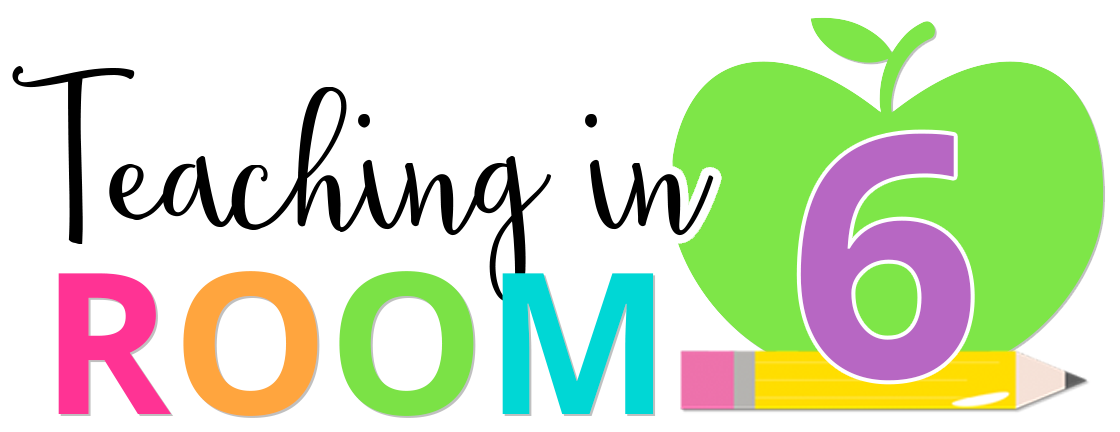
4 comments
This week, as a break from our constant work on paragraphs and essays, we took a departure in genre and switched to poetry. The first poem that I had my students write was a figurative language poem, that I got from Panicked Teacher . Using the various types of figurative language we have learned up to this point in the year, the students wrote a poem about one of their favorite aspects of school this year. They had to write an alliteration sentence, a simile, metaphor, onomatopoeia, and more. Seven sentences in all, all on the same topic. Then each of those sentences was put together to create a figurative language poem. Next, the students learned how to write a cinquain. Again, they wrote about school. These were a bit easier for them to write, since they were much shorter. But I liked them because they employ parts of speech and synonyms to create. I had the students break out the thesaurus for this one to get them away from simple words like "fun" and "...

We are knee deep into our fractions unit and I wanted to share something that has been rather successful in getting my students to recognize landmark fractions and decimals: Number Strings. What are number strings, you ask? Well, they are similar to number talks in that it is a way to get the kids to *mentally* think about the math that they are doing. What makes them different is that the number strings focus on ONE strategy to get the students solving problems, as opposed to the several strategies that number talks promote. Since we are working on adding and subtracting fractions, my math coach gave me this book Minilessons for Operations with Fractions, Decimals, and Percents: A Yearlong Resource (Contexts for Learning Mathematics) to help me get started. The first number string that is presented shows the kids how to equate certain fractions with money. Money is so common amongst the kids, that they instantly related. Showing the kids that 1/2 is just like $0.50, or two ...

The longer I teach, the bigger the bag of tricks I acquire. This makes things very easy when, from year to year, I teach the same subjects and can assign the same projects. But this year, with the introduction of Google Classroom into my bag, I am able to change things up like never before. One example is how I am now able to do collaborative group projects. So each year, as we begin to talk about the 13 colonies, I have my students research the 3 different colonial regions and create a poster to share with the class that includes the major economy, religious influences, reasons for founding, and the climate/geography of the area. Usually what ends up happening is that one kid takes over the group and does a majority of the work (sound familiar??) This year, I decided to switch it up. I had my students create a shared Google Slide presentation. I know what you are thinking. HOW did you do this? Well, I will break it down for you. First, as a class we read an introducti...
Subscribe to:
Posts (Atom)
